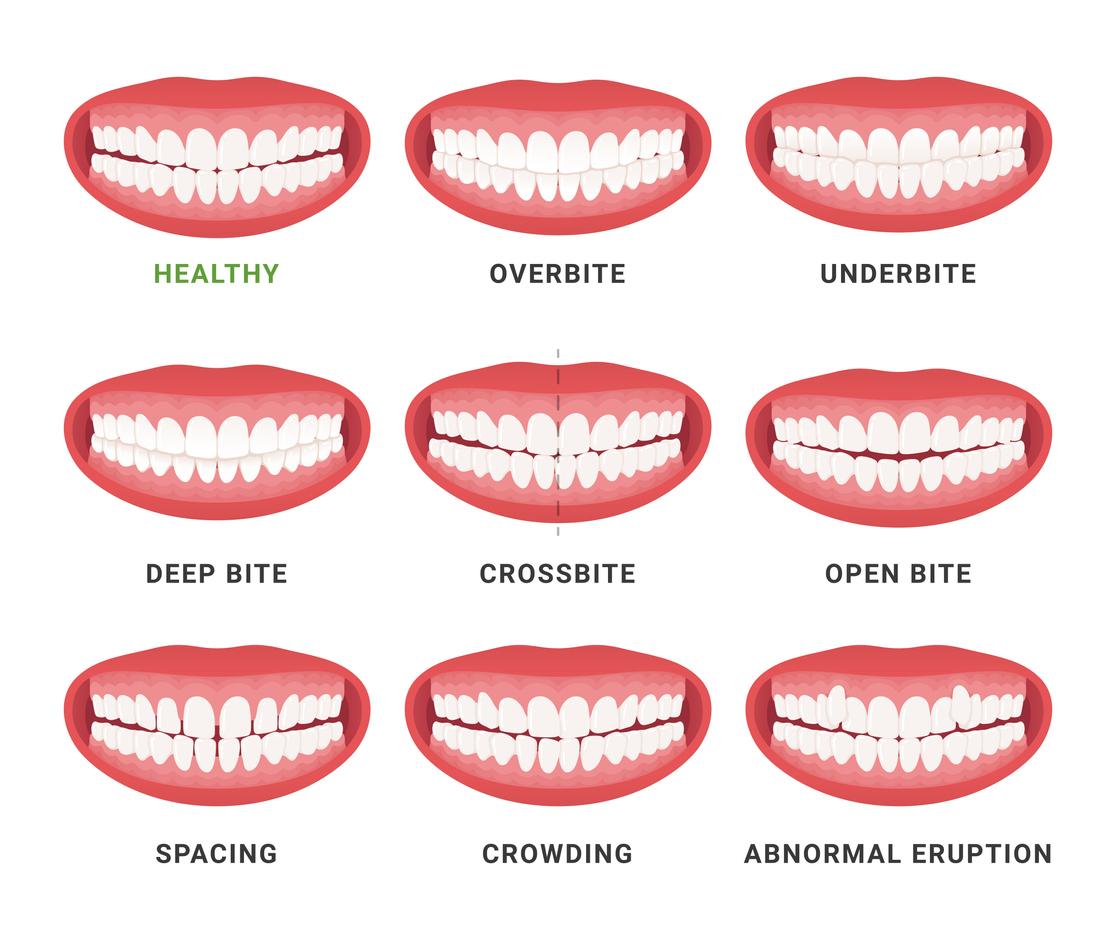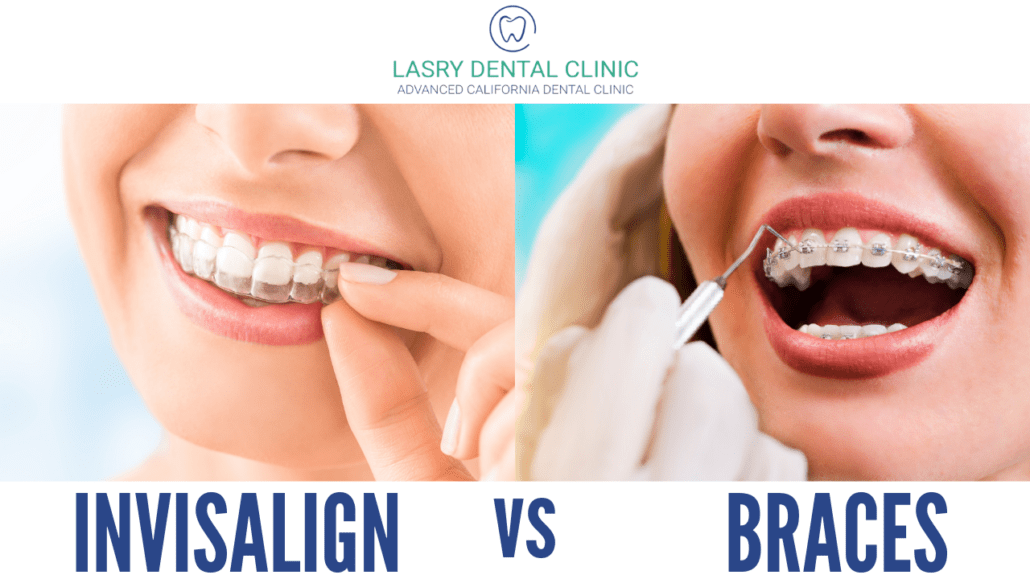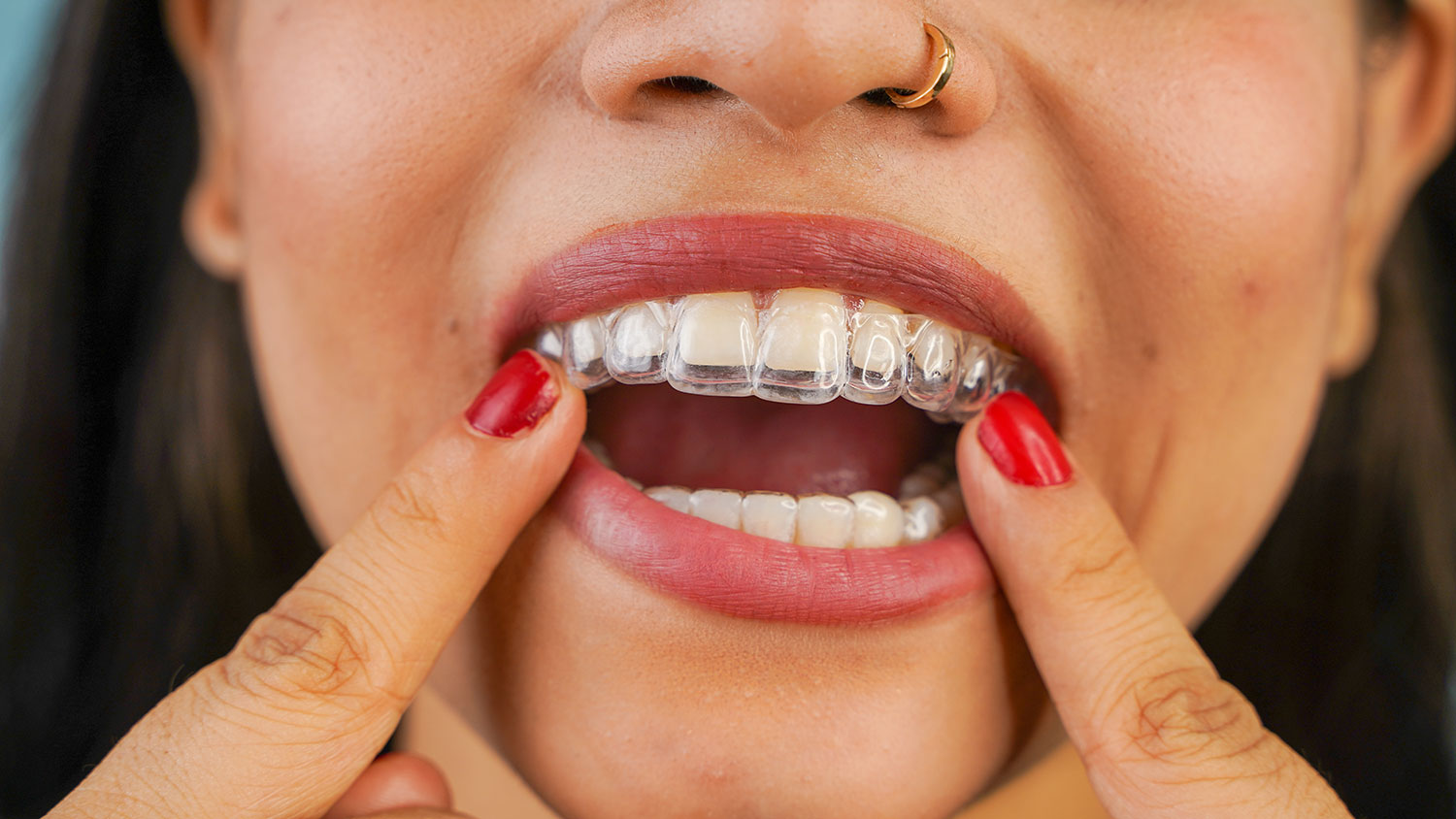How Invisalign Functions: Your Guide to Clear Aligners and Their Effectiveness
Invisalign vs. Typical Dental braces: Which Choice Is Right for You?
When considering orthodontic treatment, the option between Invisalign and typical dental braces provides numerous crucial variables that merit mindful assessment. Invisalign supplies a discreet choice with removable aligners, while conventional dental braces supply a more noticeable yet reliable remedy for extreme misalignment. Each alternative includes distinct benefits and disadvantages associated with appearances, convenience, therapy duration, and price. Understanding these nuances is vital for making an educated decision that straightens with your individual preferences and way of living. The question continues to be: which choice will best satisfy your orthodontic demands and assumptions?
Introduction of Treatment Choices

On the other hand, traditional braces include steel braces and cords that are adhered to the teeth. This approach uses continual pressure in time to achieve placement. While reliable for complicated orthodontic problems, standard braces need routine brows through for changes and can pose obstacles in maintaining oral health because of the difficulty of cleaning up around cords and braces.
Both alternatives have their values, and the choice often depends upon certain dental problems, way of life choices, and patient compliance. Ultimately, speaking with an orthodontic professional is critical for identifying the most suitable therapy plan customized to individual demands. Recognizing the nuances of each option can considerably affect the overall success of orthodontic therapy.
Aesthetic Considerations
A substantial element influencing the option between Invisalign and typical braces is the visual allure each treatment provides. Invisalign aligners are crafted from clear plastic, making them virtually unseen when used. This very discreet look is specifically appealing to teens and adults who may feel uncomfortable about their orthodontic therapy. The capacity to keep a natural smile throughout the placement process can substantially boost the client's self-confidence in social and professional settings.
In comparison, standard braces include metal braces and cords, which can be much more recognizable. While improvements in orthodontic innovation have caused the development of smaller sized brackets and colored elastics, standard dental braces still maintain a more conspicuous account. For some people, the visibility of dental braces might prevent them from looking for essential treatment.
Eventually, the option in between Invisalign and traditional braces may rest on personal choices regarding aesthetic appeals. Clients who focus on discernment usually lean towards Invisalign, while those who are less worried regarding exposure might select conventional braces. Understanding the visual effects of each alternative is crucial for making a notified decision that lines up with one's way of living and preferences.
Comfort and Convenience

In terms of benefit, Invisalign aligners are removable, making it possible for clients to appreciate their favored foods without constraint and preserve optimum oral hygiene. Cleaning and flossing are simplified, as the aligners can be obtained during these routines, whereas traditional dental braces require mindful steering around braces and wires.
In addition, Invisalign's progressive system permits for fewer orthodontic gos to. People generally get multiple sets of aligners at the same time, which can simplify the treatment procedure and reduce time spent in the orthodontist's chair. On the other hand, standard braces require normal changes, making them much less hassle-free for those with active timetables. Invisalign. Overall, the convenience and comfort of Invisalign make it an enticing option for many people looking for orthodontic treatment.
Treatment Period and Performance
While both Invisalign and typical dental braces are effective in remedying oral imbalances, the period of therapy can differ substantially between the two choices. Commonly, Invisalign treatment can take anywhere from 12 to 18 months, depending on the complexity of the instance. The clear aligners work by More about the author slowly moving teeth into their wanted settings, and regular follow-ups with an orthodontist help make certain progress stays on the right track.
In contrast, conventional dental braces often require a longer commitment, generally varying from 18 months to three years. This is because of their set nature and using wires and brackets, which can be more efficient for serious imbalances and complicated instances (Invisalign). The therapy efficiency of traditional braces is well-documented, as they permit Full Report for specific changes and better control over tooth activity
Eventually, the option between Invisalign and conventional braces might depend upon both the expected treatment period and the certain dental problems handy. Consulting with an orthodontist is crucial, as they can provide tailored suggestions based upon private demands, making sure the chosen technique straightens with desired timeframes and outcomes.
Price Comparison and Insurance Coverage Alternatives
Price plays a substantial duty in the decision-making process for people thinking about orthodontic treatment, whether going with Invisalign or standard braces. Usually, the price of Invisalign ranges from $3,000 to $8,000, while typical dental braces generally set you back between $2,000 and $6,000. Aspects affecting these prices include the complexity of the situation, the period of treatment, and geographical location.
Insurance coverage can significantly influence out-of-pocket costs. Many dental insurance coverage strategies give partial protection for orthodontic therapies, however the specifics can vary widely. It is essential for individuals to review their insurance coverage policies to figure out the degree of insurance coverage for either option. Generally, conventional dental braces may be more frequently covered by insurance strategies compared to Invisalign, which some insurance firms categorize as a cosmetic treatment.
Additionally, several orthodontic practices supply versatile layaway plan, making both treatment options more obtainable. Clients should ask about possible financing choices and discounts for upfront settlements. Evaluating the overall cost, consisting of insurance policy advantages and payment strategies, is important for making an educated choice that straightens with both aesthetic choices and budget plan factors to consider.

Final Thought
In recap, the selection in between Invisalign and standard braces hinges on several aspects, including visual choices, comfort, therapy duration, and cost. Invisalign uses a discreet, removable choice that helps with dental hygiene and dietary adaptability, while typical dental braces might be better for complex dental problems and usually come at a lower price factor. Inevitably, examination with an orthodontist is vital to analyze individual circumstances and establish one of the most suitable treatment alternative for attaining optimal dental alignment.
When taking into consideration orthodontic therapy, the choice between Invisalign and standard dental braces offers a number of crucial elements that warrant mindful examination.Contrasting Invisalign and traditional dental braces exposes unique treatment options for orthodontic adjustment.While both Invisalign and conventional braces are effective in correcting oral misalignments, the duration of treatment can differ significantly in between the two choices.Expense plays a significant duty in the decision-making procedure for people considering orthodontic treatment, whether opting for Invisalign or conventional dental braces.In recap, the choice between Invisalign and traditional dental braces pivots on multiple elements, consisting of aesthetic preferences, convenience, therapy duration, and price.